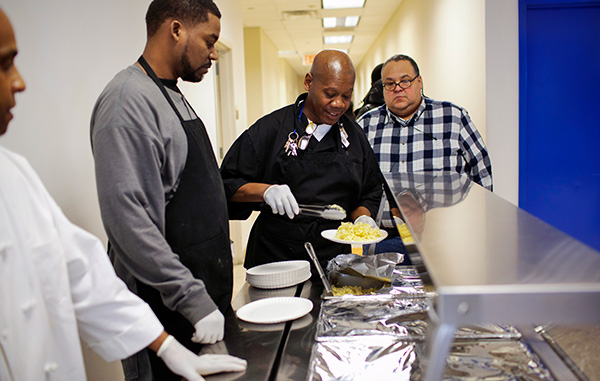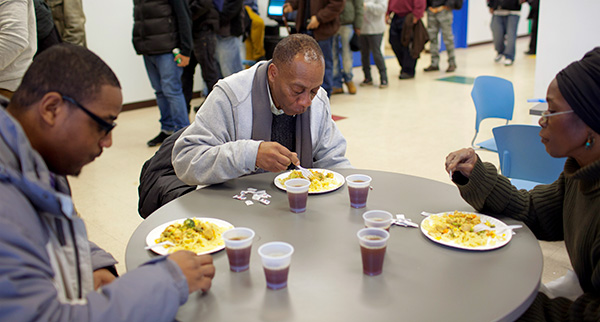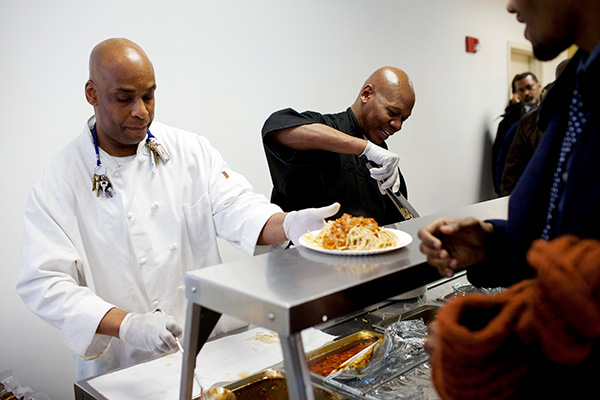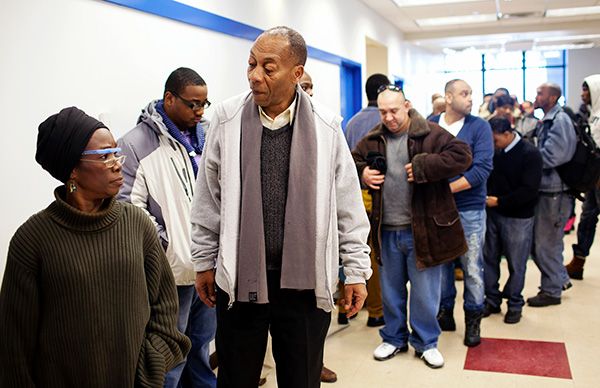BLOG
- CRIS-J
- Atlas HOPE
- Women Rising
- Supervised Release
- Digital Equity
- Recovery (the NEST)
- Care Management
- Housing
- Employment Services
- Education
- Family Services
- Alternatives to Incarceration
- Mental Health
- Substance Use
- Treatment Services
- Health Services
- Benefits Application Assistance
- Food and Nutrition
- Creative Arts
- Transitional Services
- DRCPP
- Events
- Participant Stories
- 2024
- 2025
- AAPI
- activities
- advocacy
- affordable housing
- album release
- Annual Gala
- Anthony Rivera
- art
- Arts
- Arts Festival
- Asian American
- ATI
- Atlas
- Behind Bars
- Behind the bird
- benefits
- benefits access
- Better Living Center
- Beyond Release
- Black History Month
- BLC
- Bloomberg Fellowship
- book club
- bronx
- business owner
- C-CAP
- Career
- career readiness
- Career Readiness for Reentry
- career success
- CARES Act
- case management
- case manager
- Castle
- Castle Gardens
- CEO
- chef troy
- Children
- choir
- Community
- community event
- counseling
- court advocacy
- court mandate
- creative
- Creative Arts
- CRIS-J
- culinary arts
- cybersecurity awareness month
- david rothenberg
- David Rothenberg Center for Public Policy
- DE
- DEI
- Delacorte
- desistance
- dest2nation
- Digital
- Digital Divide
- digital equity
- digital skills
- Diversity Equity and Inclusion
- donate
- DRCPP
- Drone
- Education
- election
- employment
- employment assistance
- employment services
- emplyoment
- entrepreneurship
- event
- exhibition
- fair chance for housing
- fair housing
- Fair Housing Month
- family
- family services
- Father's Day
- food
- food and nutrition
- food insecurity
- food pantry
- food pantry bronx
- Fortune Faces
- Fortune Flyers
- Fortune Fresh. food access
- Fortune News
- Fortune Singers
- Fortune staff
- Fortune50
- Freedom House
- fundraising
- Gala
- Gala2021
- gallery
- gardening
- GED
- giving
- Grow with Google
- guide
- GWG
- healing
- health
- healthcare
- Healthcare Coordination
- healthy lifestyle
- Heritage Month
- HIV
- HIV/AIDS
- Hope and Justice
- housing
- HSE
- identity theft
- interns
- internship
- Joe's Pub
- Journey
- Justice in Action
- Labor Day
- leadership
- learning
- legislation
- legislative priorities
- LGBT
- LGBTQ
- LGBTQIA+
- mandaela
- Mandaela Community
- Marathon
- Martin Luther King Day
- mass incarceration
- Medicaid
- medical student
- Mental Health
- mental health treatment
- mentor
- mixtape
- mock interview
- MoMA
- MoMA PS1
- mothers day
- Music Cafe
- musical
- Native American
- NEST
- new hire
- new program
- new year
- New York City
- newsletter
- nutrition
- nutrition counseling
- NYC Marathon
- online safety
- organizing
- Pacific Islander
- pantry
- parenting
- parents
- Participant Stories
- Path
- peer support
- Performance
- performing arts
- policy
- policy center collective
- Pride
- Pride Month
- priorities
- professional
- professional development
- public benefits
- public health
- Public Theater
- Public Works
- readiness
- reconnecting
- Recovery
- reentry
- research
- Resource Guide
- resources
- RISE
- robotics
- Runner
- service center
- Shakespeare in the Park
- Shelter
- skill building
- skills building
- sky garden
- SNAP
- Solitary Confinement
- spring
- SRP
- staff
- staff stories
- Stanley
- Stanley Richards
- storytelling
- substance use
- substance use treatment
- Success
- success story
- supervised release
- support
- supportive housing
- Systems Babies
- Tax
- tax season
- Taxes
- Tech
- Tech Fair
- tech workshops
- tempest
- Thanksgiving
- The NEST
- theatre
- therapy
- trans women
- transitional services
- treatment
- visual art
- Volunteer
- voting
- webinar
- weekly groups
- WHM
- WIBO
- women
- Women rising
- Womens History Month
- workshop
- YEC
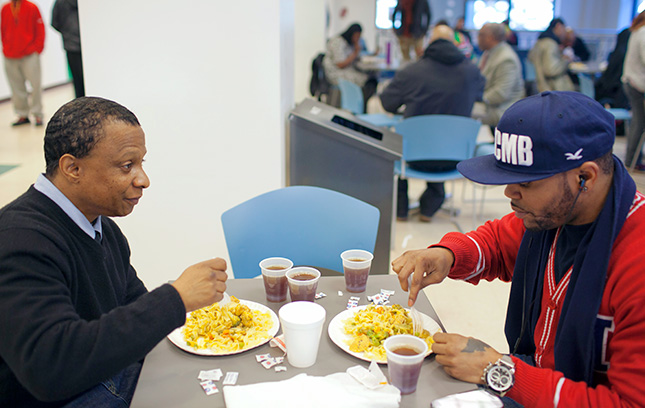
Meals That Build Conversation and Community
Five days a week at The Fortune Society, we serve hot meals in Long Island City, Queens to people coming home from prison. The second floor community room is transformed into a comfortable dining hall, with small tables seating two, four, or six people. From noon until 1 p.m., the room is filled with men and women eating and talking in a comfortable, casual environment. It closely resembles a college student union.
The atmosphere– as well as the menu– is carefully planned. We are aware that the men and women who are participants at Fortune were often eating three meals a day in the mess halls of various jails and prisons. Prison food is famous for lacking nutrition, and is not culturally relevant. It is virtually impossible to cook for 500 or 1,000 people without sacrificing taste and nutrition. Prison meals have to be cooked and served quickly, with a budget that determines the quality of food served.
Most prison mess halls can be recognized by two distinct qualities. One is that individuals must consume their food quickly so the hall can accommodate the large numbers of people waiting on line. One man told me, “After 16 years in prison, I had to learn to eat slowly.” Proper digestion is a pathway to good health, and it begins with properly chewing food. Mothers and grandmothers remind kids often to chew their food— every morsel— slowly. They know what they are talking about.
Secondly, prison mess halls are the antithesis of sociability. Most civilians who dine in restaurants or at home take for granted that meal time is for talking in a supportive atmosphere. In prison, the diners are often in a place where personal and group rivalries surface, creating tension, a factor which also has a slow and negative impact on the health of individuals.
At Fortune, there is a keen awareness that many of the individuals enjoying the noontime “hot” meals were consuming prison food in a negative atmosphere for 15, 20, or 30 years. It is frequently a slow process to learn how to eat like a free person. Recently, one of the men said to me, “See those two guys in line? I did time with them, and they were aggressive and dangerous.” I watched the two guys he was talking about for a while, then said “Right now, they look like a couple of men waiting to enjoy a meal. They don’t seem very aggressive or dangerous. What happened?” My friend looked for a minute, then responded, “I guess if you treat somebody like a human being, they’ll act like a human being, and if you treat them like a wild animal, that’s how they’ll respond.”
An old timer who had joined our conversation added “Listen: On Rikers, or on lots of joints for that matter, you are either the predator or the prey.” In such a predatory environment, the mere facial display of a man’s aggression is his best defense. At Fortune, he doesn’t have to show that. He can just get his food and go back to his class or group.
When they come together to eat, participants have positive learning experiences to share during the meal. This dining setting is new to many, and not arrived at easily. It’s always easy to recognize who has been at Fortune for two weeks and others, looking at ease, who have been a part of the program for three or four months.
Sam Rivera, a participant, says “The crime is what I did. It’s not who I am.” In a subtle way, when you sit and eat a good meal around people who are supportive, it’s a step in the right direction. Still, the real work for change has to be performed by each and every individual who first walks through the door.
Written by David Rothenberg, founder of The Fortune Society

